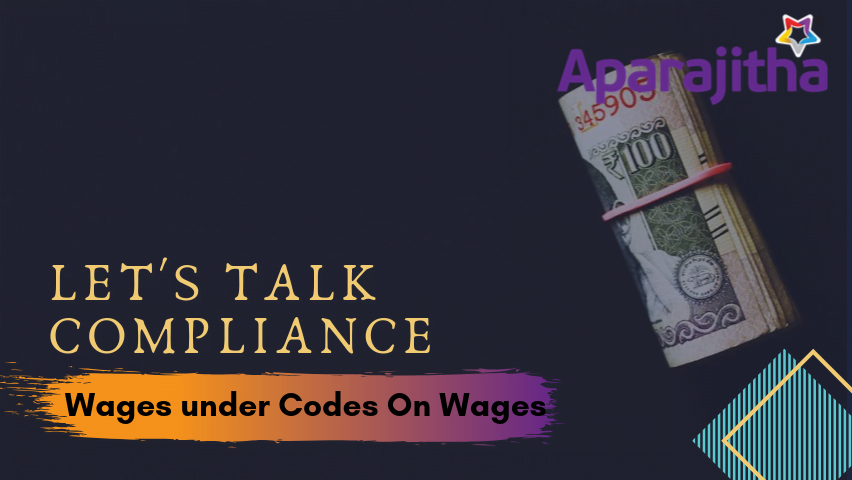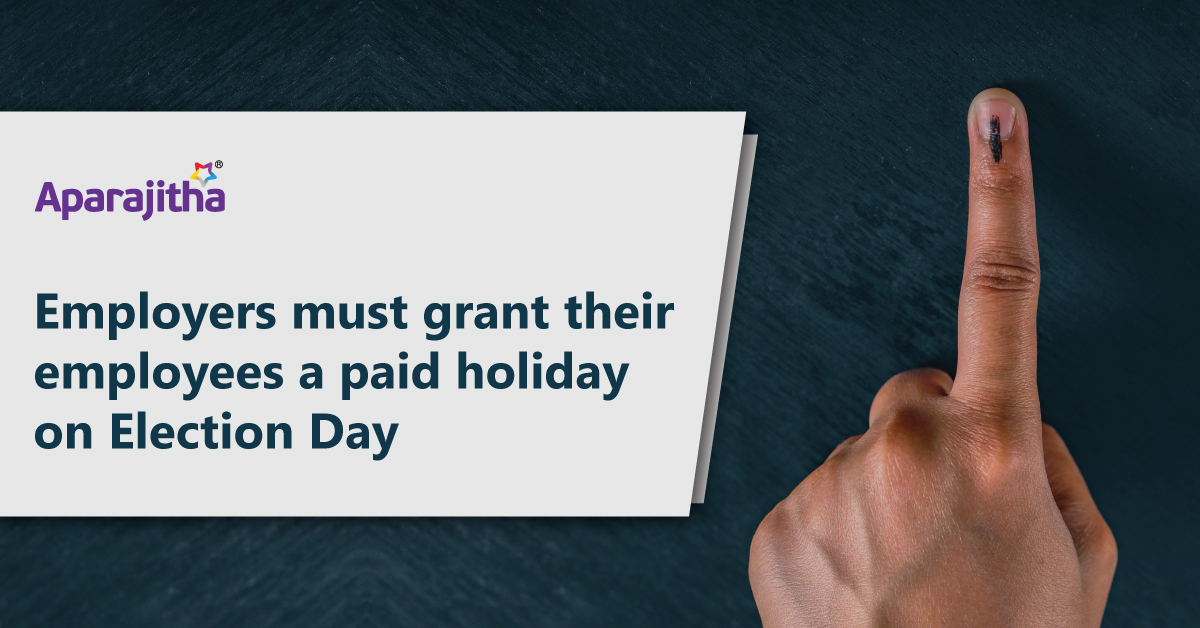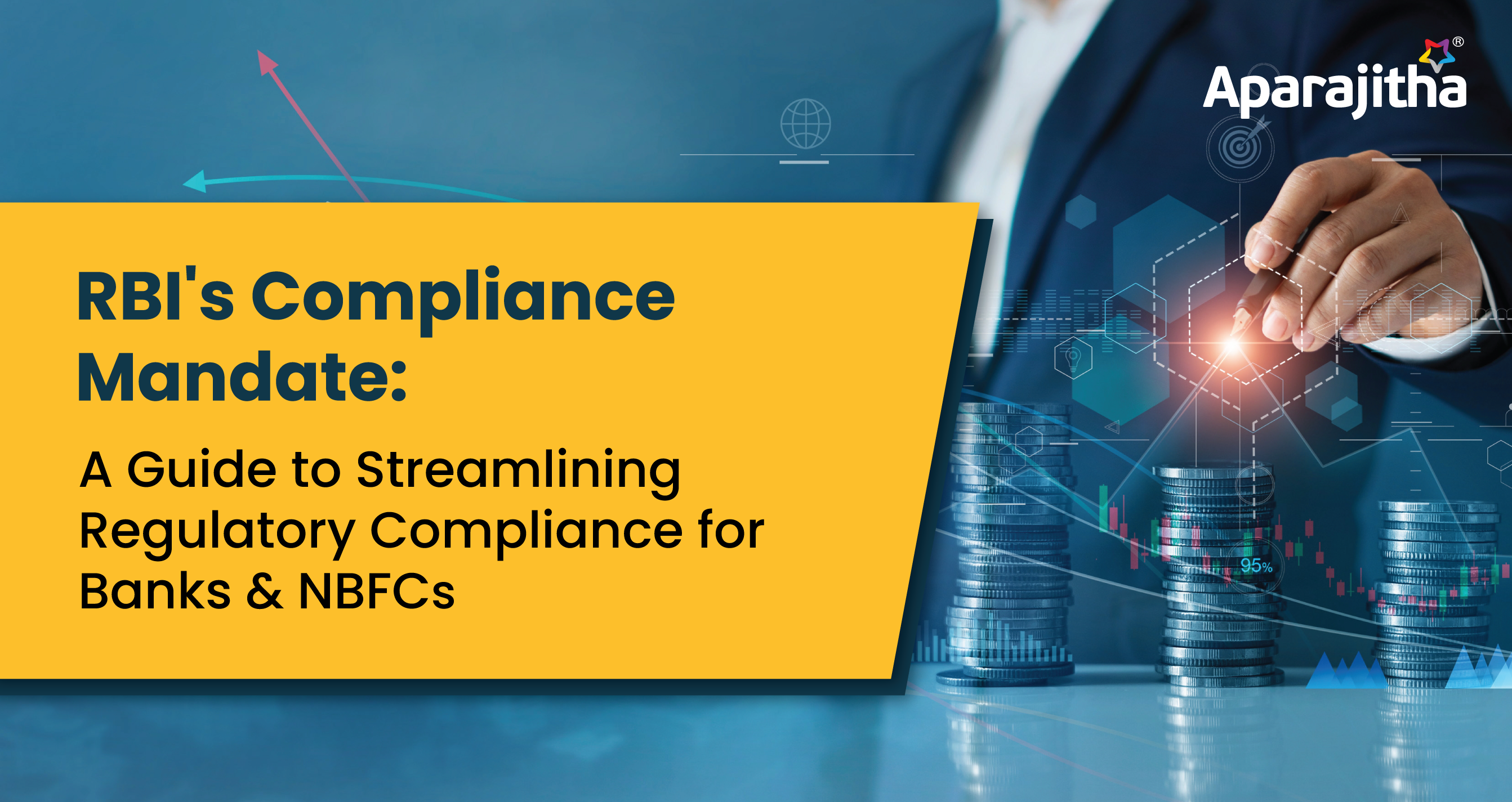The incoming 2(y) vis-à-vis the outgoing 2(h)
Finally, the new Code on Wages, 2019 which aims to amend and consolidate the existing four legislations, viz., The Equal Remuneration Act, The Minimum Wages Act, The Payment of Bonus Act and The Payment of Wages Act has been published on 8th August 2019. The definitions for the term ‘wages’ under the existing four Acts have been duly considered before finalizing Sec 2(y) of the Code. However, the new one largely resembles the one in Payment of Wages Act. Sec 2(y) does have several parts, viz, the substantive part, the inclusive part, the exclusion part and the provisos. Conceptually, it bears a common definition for all the four Acts, but, in its application, while, certain components like conveyance allowance, house rent allowance, etc. are excluded from being wages for Minimum Wages and Bonus purposes, these are considered as part of wages for Equal Remuneration and Payment of Wages purposes. Thus, the section reads as under :
“ ‘wages’ means all remuneration whether by way of salary, allowances or otherwise, expressed in terms of money or capable of being so expressed which would, if the terms of employment, express or implied, were fulfilled, be payable to a person employed in respect of his employment or of work done in such employment, and
includes,—
(i) basic pay; (ii) dearness allowance; and (iii) retaining allowance, if any,
but does not include––
(a) any bonus payable under any law for the time being in force, which does not form part of the remuneration payable under the terms of employment;
(b) the value of any house-accommodation, or of the supply of light, water, medical attendance or other amenity or of any service excluded from the computation of wages by a general or special order of the appropriate Government;
(c) any contribution paid by the employer to any pension or provident fund, and the interest which may have accrued thereon;
(d) any conveyance allowance or the value of any travelling concession;
(e) any sum paid to the employed person to defray special expenses entailed on him by the nature of his employment;
(f) house rent allowance;
(g) remuneration payable under any award or settlement between the parties or order of a court or Tribunal;
(h) any overtime allowance
(i) any commission payable to the employee;
(j) any gratuity payable on the termination of employment;
(k) any retrenchment compensation or other retirement benefit payable to the employee or any ex gratia payment made to him on the termination of employment:
Provided that, for calculating the wages under this clause, if payments made by the employer to the employee under clauses (a) to (i) exceeds one-half, or such other per cent, as may be notified by the Central Government, of the all remuneration calculated under this clause, the amount which exceeds such one-half, or the per cent so notified, shall be deemed as remuneration and shall be accordingly added in wages under this clause:
Provided further that for the purpose of equal wages to all genders and for the purpose of payment of wages, the emoluments specified in clauses (d), (f), (g) and (h) shall be taken for computation of wage.
Explanation.––Where an employee is given in lieu of the whole or part of the wages payable to him, any remuneration in kind by his employer, the value of such remuneration in kind which does not exceed fifteen per cent. of the total wages payable to him, shall be deemed to form part of the wages of such employee;”
Well, 2(y), when comes into force, could bring three major changes when compared to the existing 2(h) of the Minimum Wages Act. Firstly, House Rent Allowance is specifically included as part of wages under 2(h), whereas, it squarely falls under the exclusion part under the new 2(y). Even applying the principle laid down by the Hon’ble Supreme Court in the case of Airfreight Vs State of Karnataka and others, ie.,for determining whether minimum wages are paid or not, the amount paid for the value of items which are excluded in the definition of the term ‘wages’ are not to be taken into consideration. Thus, HRA cannot be considered to be part of wages ( minimum wages ) as per 2(y).
Relying on the very definition and the judicial pronouncements, the industries too, rightly so, as a practice, have ‘House Rent Allowance’ as an essential component more with respect to those for whom mere minimum rates are paid as wages ( the contract workers, for example, in most cases ). They also reaped additional benefits as this component wouldn’t be reckoned for PF purposes. But with the introduction of the new Code on Wages, 2019, having HRA in the structure may not be possible as this wouldn’t be considered for determining minimum wages. 2(y) thus varies in a big way with 2(h).
Secondly, 2(h) doesn’t put any cap on either the aggregate of the components which are to be included for wages or the aggregate of the components which are to be excluded. But 2(y) does. If the aggregate of the payments made to an employee under clauses (a) to (i) exceeds one-half or such percentage as notified, the amount which exceeds such one-half or the percentage so notified would be treated as wages. Thus, for the first time, the law makers have put a cap on the payments which fall under the exclusion clause.
Thirdly, as per Sec 5 of the Code, no employer shall pay to any employee wages less than the minimum rate of wages notified by the appropriate Government. This section will have greater impact when it is read with Sec 2(y). This would indirectly compel the employers to have a salary structure in such a manner that the 50% of the monthly gross wage of an employee shall be more than or equal to the minimum wages payable ( assuming, 50% is what is notified under the first proviso to Sec 2(y) ). I guess, this would again make a huge impact as per the current position, it is sufficient if the entire monthly gross wage of an employee is equivalent to or more than the minimum wages payable.
This write-up aims to highlight the significant changes the new Sec 2(y) could bring when it replaces the present Sec 2(h) of the Minimum Wages Act. This could be considered just as a sounding bell to revisit the salary structure, if need be, in the light of minimum wages!!! Of course, I am aware the notification on date of commencement is awaited. But, its time, at least, to tie up the papers and then to continue!!!
K VARADAN,
CHIEF CONSULTATION OFFICER,
APARAJITHA CORPORATE SERVICES (P) LTD.




